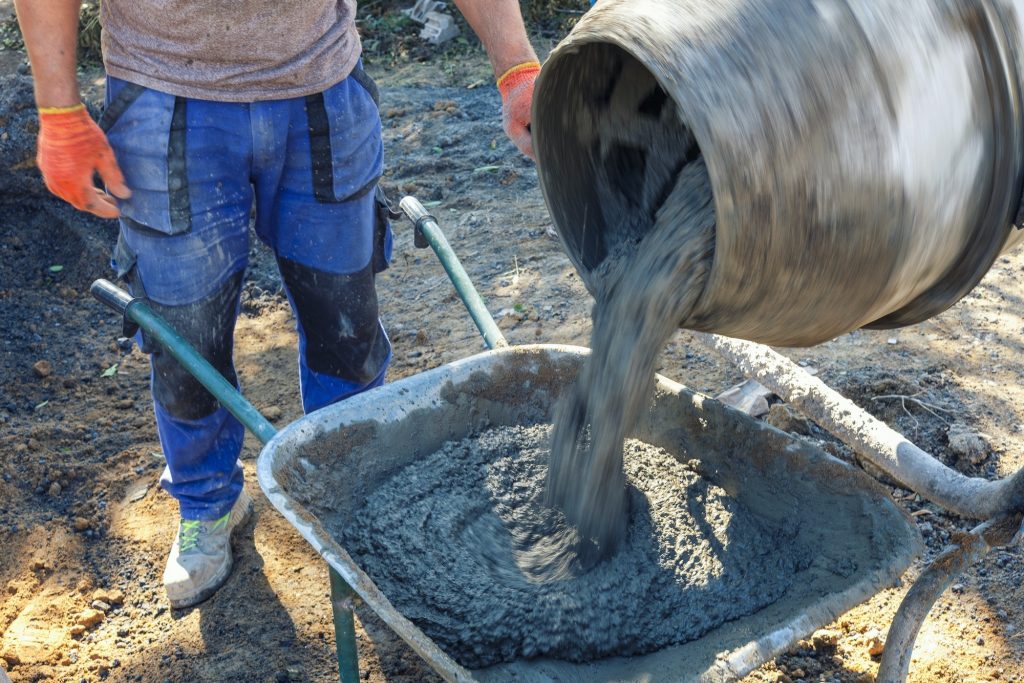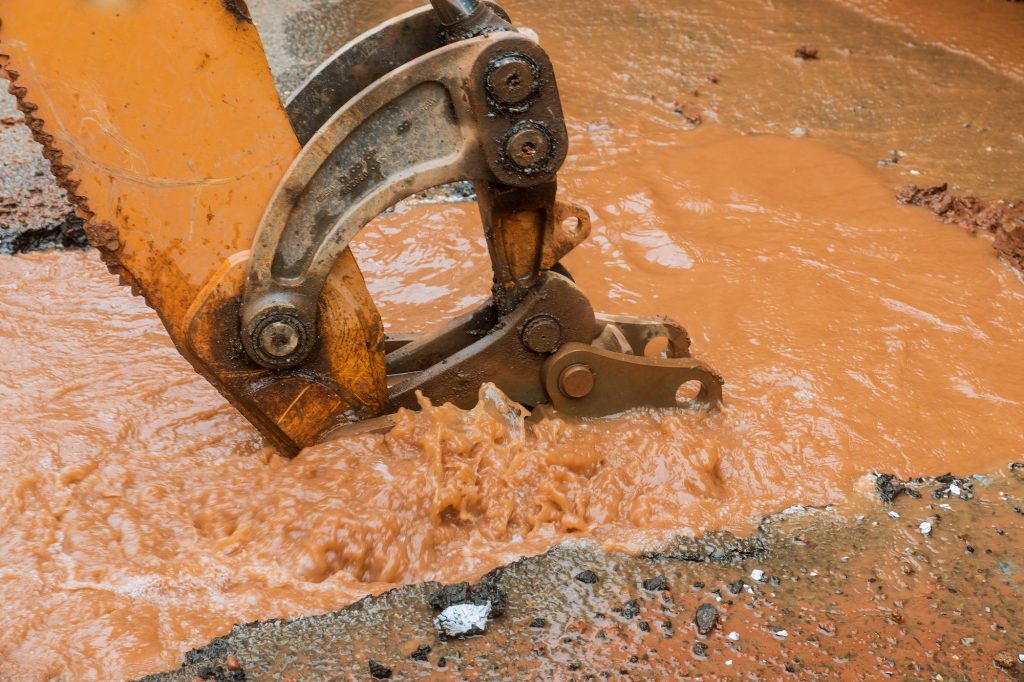Water contamination is a serious issue that can have severe consequences. One of the most concerning waterborne illnesses is Legionnaires’ disease, which is caused by inhaling airborne water droplets that contain Legionella bacteria. Legionnaires’ disease is a potentially fatal type of pneumonia, and it is crucial to be aware of the risks of Legionella contamination in your water supply to prevent its spread. This article will explore the dangers of Legionella contamination in your water supply, what causes it, and how to prevent it.
What is Legionella and How Does It Spread?
Legionella is a type of bacteria that can grow in water systems between 20°C and 45°C [2]. It thrives in stagnant water and can be found in a variety of water sources, including hot tubs, cooling towers, and plumbing systems [5]. If left unchecked, Legionella can contaminate your water supply and cause severe health problems.
After Legionella grows and multiplies in a building water system, water containing Legionella can spread in droplets small enough for people to breathe in [7]. When people inhale contaminated droplets of water, the bacteria can cause Legionnaires’ disease or Pontiac fever [7]. While Pontiac fever is a mild flu-like illness that typically resolves on its own, Legionnaires’ disease is much more severe and can be fatal if left untreated [5].
Causes of Legionella Contamination
Any water system, with the right environmental conditions, could be a source of Legionella bacteria growth [3]. However, Legionella contamination is most common in water systems that are poorly maintained, have stagnant water, or are not adequately disinfected [4]. Excessive water age and the presence of biofilm in the water supply can also promote the growth of Legionella bacteria [8]. Legionella can also spread from contaminated sources outside of your water supply, such as cooling towers and hot tubs.
Symptoms of Legionella Contamination
Legionella can cause a range of symptoms, from a mild flu-like illness to severe pneumonia [5]. The symptoms of Legionnaires’ disease include fever, cough, and shortness of breath, which can progress to pneumonia [1]. The disease can be fatal, particularly in older adults, smokers, and people with weakened immune systems.
How to Prevent Legionella Contamination
Preventing Legionella contamination in your water supply involves maintaining cleanliness in potential breeding grounds for the bacteria. Regular maintenance and cleaning of water systems, particularly those that are prone to stagnation, can help prevent Legionella growth [5]. Water systems should also be disinfected regularly, particularly when they have not been used for an extended period. Temperature control is another effective method of preventing Legionella growth in your water supply.
Maintaining a hot water temperature of at least 60°C and ensuring that cold water is kept below 20°C can help prevent Legionella growth [2]. Additionally, regular testing and monitoring of water systems can help identify potential sources of contamination before they become a problem.
It is essential to be aware of the risks of Legionella contamination, particularly if you manage a property or operate a business where water systems are present. Property owners and managers have a duty of care to ensure that their water systems are maintained correctly to prevent Legionella growth and protect the health of their tenants or customers.
What to Do if You Suspect Legionella Contamination
If you suspect Legionella contamination in your water supply, it is essential to act quickly to prevent its spread. You should seek professional advice from a qualified water hygiene specialist who can conduct a risk assessment and provide guidance on appropriate measures to take.
In the event of an outbreak of Legionnaires’ disease, it is crucial to inform local health authorities to ensure that appropriate action is taken to prevent further spread of the disease.
Conclusion
Legionella contamination is a serious issue that can have severe health consequences. Understanding the risks and causes of Legionella growth in your water supply and taking appropriate preventative measures is crucial to protect the health of those who use your water systems. Regular maintenance and cleaning of water systems, temperature control, and regular testing and monitoring can help prevent Legionella growth and protect against the spread of Legionnaires’ disease.



